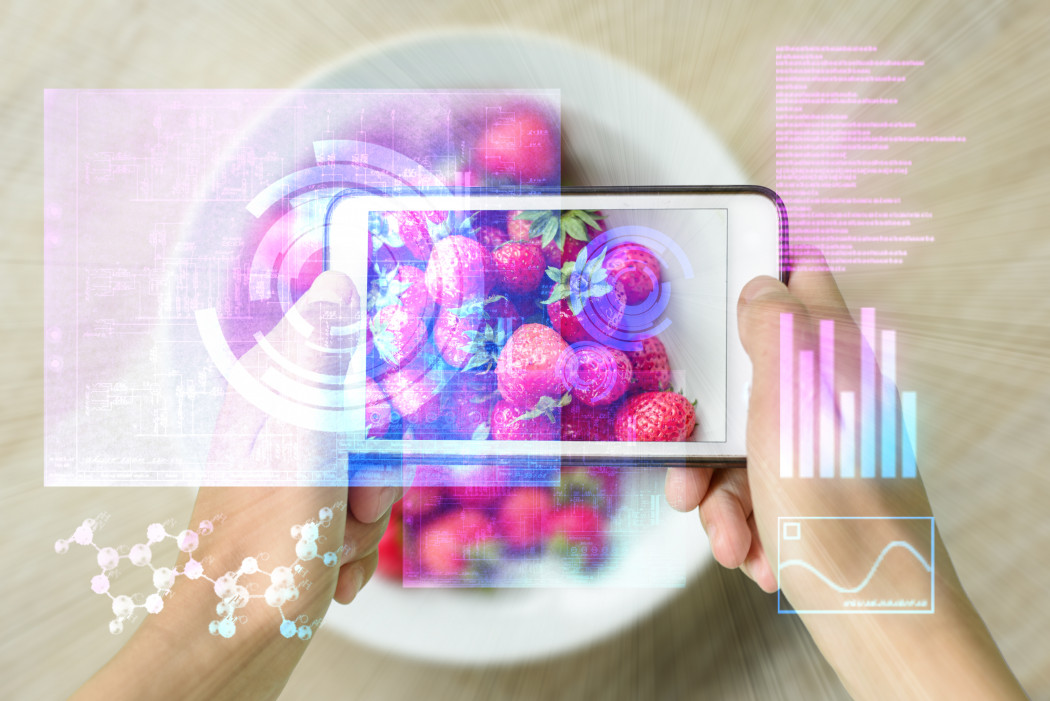New standard for strong links to the digital world
The GS1 Digital Link standard is here – a major step forward in linking physical products to the digital world. It promises to bring huge benefits to both businesses and consumers.
Simply stated: GS1 Digital Link will enable anyone with a smartphone to access any number of online resources about a product simply by scanning its barcode.
This standard supports product identification in the business to business (B2B) world of the global supply chain — and opens the door to consumers’ access to more accurate and relevant online product information. It does this by enabling globally unique GS1 product identification and attributes to be carried in Uniform Resource Locators (URLs). In the past, you could only find this information within barcodes or RFID tags. Representing GS1 identification in a way that is also web resolvable enables connection across the physical and digital domains. Phase 1 of the global GS1 Digital Link standard was ratified in August 2018. It is now being piloted in several countries in anticipation of its full release.
Today’s world
Traditionally, GS1 identifiers and barcodes have been designed for greater supply chain efficiency, from point of manufacture or distribution centre to retail point of sale. But there is an increasing demand by consumers to directly access far more product information before, during and after their purchase – and this is especially true for information accessed via smartphones. Some manufacturers have sought to enable this capability by embedding unstructured Web page addresses in barcodes, particularly two dimensional (2D) QR Codes®. But scanning these barcodes sometimes leads to broken links or websites with incomplete or nonrelevant information. Moreover, these are usually secondary barcodes placed on the product, creating confusion with shoppers and retailers at point of sale: Which of the two or more barcodes should be scanned for which purpose? There is clearly demand for a global standard to transform GS1 data encoded in GS1 1D and 2D barcodes, into standard Web URI syntax.
The future
GS1 Digital Link enables connections to all types of B2B and business to consumer (B2C) information. As businesses begin to develop solutions using the new standard, consumers will be able to access a variety of information about a product by simply scanning any barcode with their smartphone: from dimensions and images to expiration dates, nutritional data, warranty registration, troubleshooting instructions—even social media links. They will be able to buy or order products, collect loyalty points, “share” products with their friends, and be alerted to special offers. The standard is designed to complement today’s ubiquitous GS1 barcodes, which are expected to remain the universal standard for product identification for many years to come. The new standard does, however, open the door for potential migration to a single web enabled barcode in the future.

